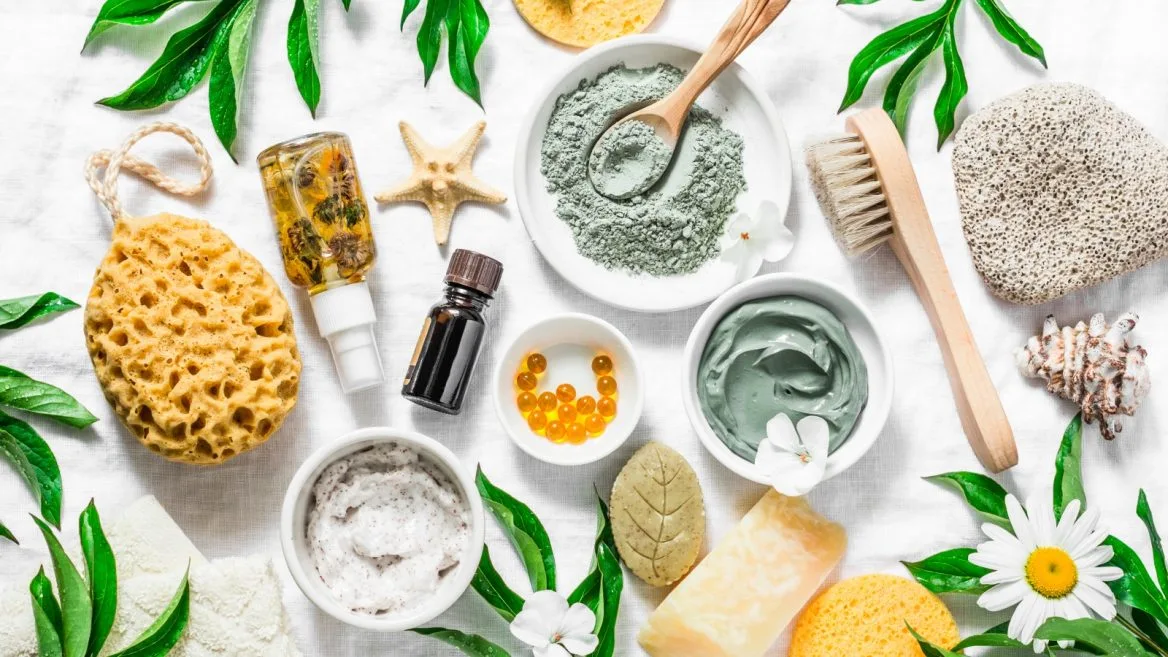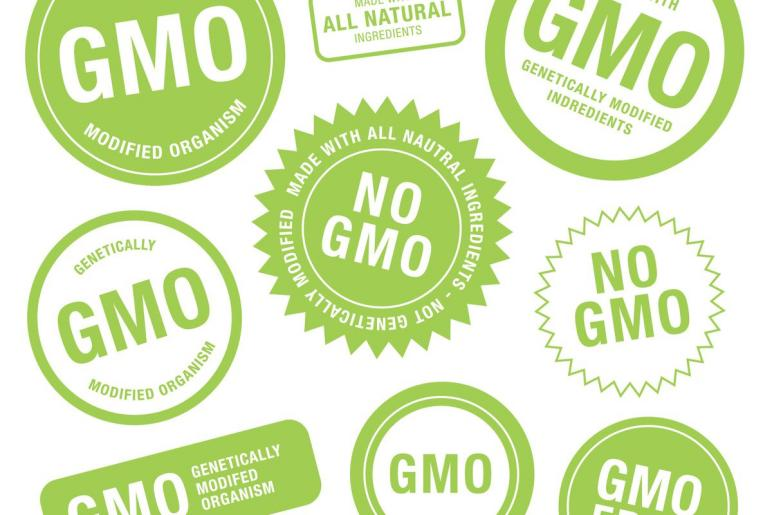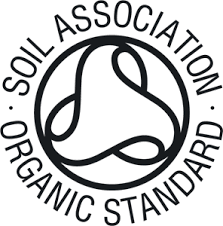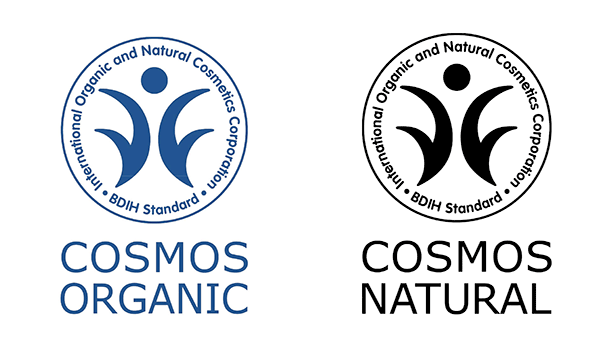FAQ About Organic Beauty
FAQ About Organic Beauty
In 2020, the global natural and organic cosmetics market was worth €10.28bn ($11.9bn), up 2.9% on the previous year, with the European market pegged at €3.89bn ($4.5bn), according to UK-headquartered research and consulting firm Ecovia Intelligence.
Addressing attendees at the ‘Sustainability Studio’ during last month’s SCS Formulate 2021 conference in Coventry, UK, Sahota said growth would also no longer be driven by niche brands, with bigger beauty names coming onboard. The likes of L’Oréal, Colgate, Garnier, Grupo Boticário and Carrefour, for example, had each launched various certified natural and/or organic ranges in recent months and years, he said.
Ecovia Intelligence defines natural and organic cosmetics as follows: for 'natural', a product must be made using plant extracts and other natural ingredients and avoid ‘contentious’ synthetic chemicals such as parabens, petrochemicals, artificial formaldehydes, mineral oils, aluminium salts and phthalates etc. For ‘organic’, the definition is the same as natural but containing certified-organic ingredients.
So it is necessary for cosmetics enterprise to know this new trends. Here are some usual FAQ about organic beauty.
1. What is organic beauty?
An organic beauty product contains ingredients that have been grown on organic farms.
Organic is a way of farming that works with nature, delivering many benefits for wildlife, society and the natural world. Certified organic farmers and businesses work to a strict set of standards, to ensure that their ingredients and products sustain the health of Wildlife and nature, Animals, Soils, People.

2. When you buy a certified organic beauty product, you can be sure it contains:
No GM (genetically modified) ingredients
No controversial chemicals
No parabens or phthalates
No synthetic colours, dyes or fragrances
No nanoparticles
Certified sustainable palm oil ingredients
Recycled and recyclable packaging where possible
And that no animal testing has been done in the making of the product

No GM Logo
3. How do I know if a product is organic?
Unlike in the food and drink industry, the use of the term ‘organic’ is unfortunately unregulated for beauty and wellbeing products. Unless a product is certified, there's no guarantee that it will contain truly organic ingredients.
The best way to be sure a product is really organic is to look for a symbol from an independent certifier, like Soil Association Certification.
Where you see the COSMOS or Soil Association logo, you know that every step of the process to make that product has been checked by independent experts.

Soil Association logo
4. What's involved in organic certification?
To become certified organic, businesses must meet strict standards which guarantee that organic ingredients are used whenever possible. Soil Association Certification review the entire manufacturing process, including sourcing of ingredients, formulation, packaging and premises
Once a brand or business has passed the certification process, they are given the 'stamp of approval'. They can then use the organic symbol across their branding. Soil Association Certification inspect businesses annually, to ensure they still meet the standards.

USDA organic
5. Soil Association Certification & COSMOS
In response to growing demand for certified organic beauty worldwide, Soil Association Certification teamed up with 4 other organizations around the world to develop COSMOS, the global standard for organic cosmetics.
That's why you see the both Soil Association and COSMOS logo on certified organic products.

COSMOS-standard Certification for Siam Botanicals
6. Some points:
Ø Organic certification didn't actually exist for cosmetics until 2002, when the Soil Association launched the first organic cosmetic standards!

